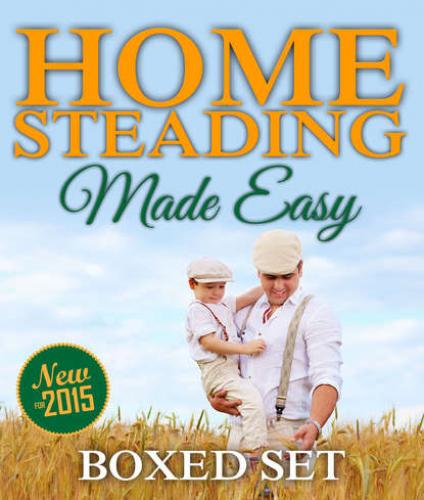The first two things to consider when deciding to grow food in your own vegetable garden is the type of foods you and others like to eat, the choice of foods that grow well in your climate area and whether you plan to sell or give away food you grow. It makes no sense to grow an over abundance of food, unless you plan to give excess food away, set up a road side stand and sell it or preserve the leftovers.
Gardens are not only a plot of land that is tilled, raked and planted, but a garden can be a series of large containers filled with the appropriate types of soil. Container gardening is ideal for those with a penchant for growing, but who have limited space. For those who live in apartments, condos or homes with small yards will find container gardening to their benefit.
Growing your own food gives you the advantage of picking fresh vegetables and fruits for a salad or light meal. The nutritional value is at its highest when picked, but that value diminishes quickly after harvest as the sugar content turns to starch.
There are a great number of vegetables that can grow in most climates and there are those that grow better in some climates than others. It is possible to replicate climate by constructing an environmentally controlled greenhouse.
Some of the best foods to grow includes broccoli. It is easy to grow in a plot of land or a container. The underlying soil should be at least 12 inches deep, which means the container or the tilled soil must be that deep. Broccoli can be started in doors during the cold months, and transplanted outside after the last frost. Broccoli is rich in calcium, magnesium, iron and vitamins A, B6 and C.
Peas are another terrific food product that is easy to grow. Pea sprouts need to be sown 2 inches apart and the soil must be at least 10 inches deep. Peas are climbers as they grow and a pole or piece of lattice must be provided for the peas to climb and flourish. Peas are high in fiber, potassium, magnesium and iron along with vitamins C, B6 and A.
Beans of any kind, including kidney, northern and navy beans, are easy to grow and make a great addition to salads, soups, casseroles and stew’s. Bush beans grow best in containers, but all other beans can be grown in a container or a plot of land. Beans need to be spaced 4 inches apart and the soil should be at least 12 inches deep. Beans grow in pods and they should be left on the vine to dry out before harvesting. When the shells are light brown in color, they are ready to be removed from the vine and shelled. After the beans are shelled, let them sit out for a few days before storing them for later consumption or preserving. Dry beans are high in phosphorous, manganese, fiber and iron.
Another easy food product to grow, but one that is an acquired taste for a lot of people, is Brussels sprouts. If Brussels sprouts are over cooked they take on an almost bitter taste, but when prepared correctly they ate tender, sweet and delicious. The sprouts grown on stalks, much like beans, but the stalks are substantial and they are able to support the growth without any support. Soil for the sprouts should be at least 16 inches deep and the plants should be spaced at least 12 inches apart. If grown in containers they should be grown one plant to a container. Brussels sprouts provide vitamins C, B6 and A, as well as riboflavin, potassium, magnesium and fiber.
Most people get into gardening and grow food for the express purpose of growing tomatoes. A nice, ripe tomato is an asset to a salad, sauce, soup and even a sandwich. The depth of soil for tomatoes depends on the type of tomato being grown. Cherry, dwarf or patio tomatoes require soil at least 8 inches deep while all other types require at least 12 inches of soil. Tomatoes grown in a container should have at least 18 of soil. Tomato plants can be started indoors during the cold weather months and transplanted out of doors after the first of June. Plants should be spaced at least 12 inches apart.
Конец ознакомительного фрагмента.
Текст предоставлен ООО «ЛитРес».
Прочитайте эту книгу целиком, купив полную легальную версию на ЛитРес.
Безопасно оплатить книгу можно банковской картой Visa, MasterCard, Maestro, со счета мобильного телефона, с платежного терминала, в салоне МТС или Связной, через PayPal, WebMoney, Яндекс.Деньги, QIWI Кошелек, бонусными картами или другим удобным Вам способом.
